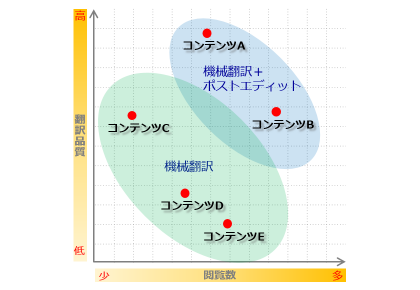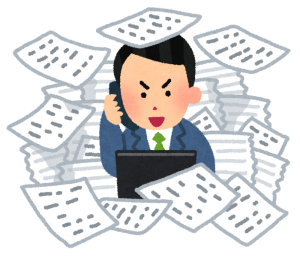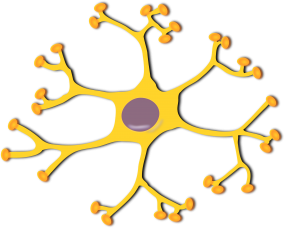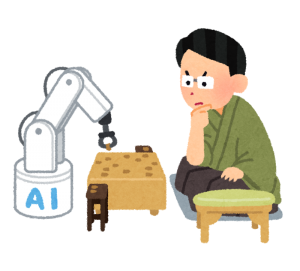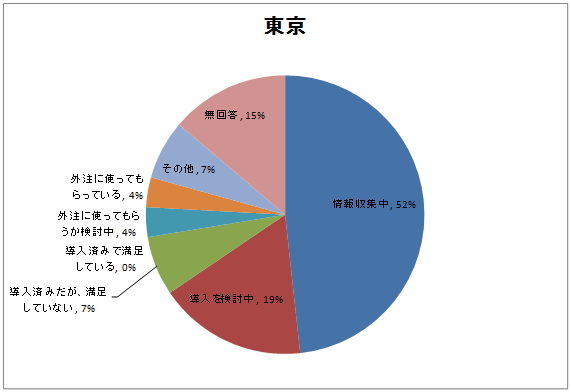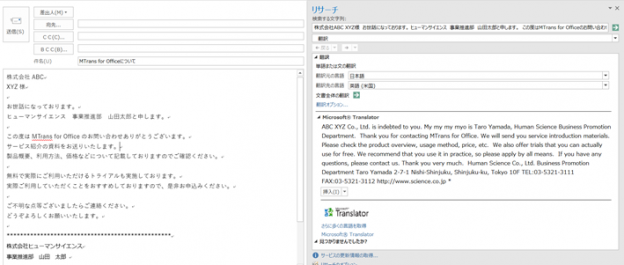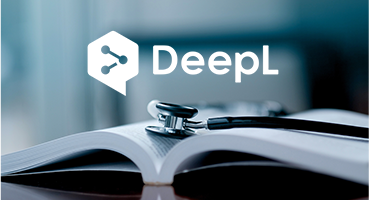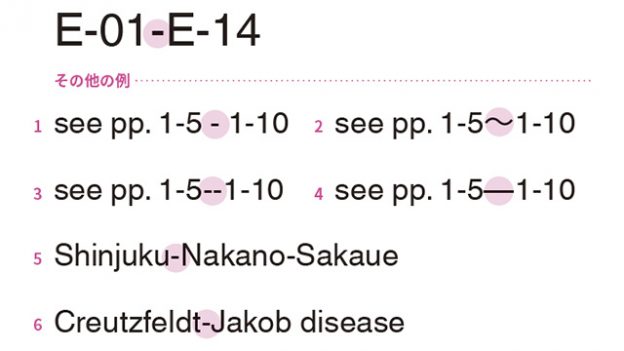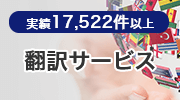The era of constantly pursuing "translation = high quality" has come to an end.
In the midst of limited budgets and timelines for translation,
the trend now is to adjust the target quality
based on the priority of content and language, and to effectively use both manual and machine translation.
This time, we will introduce three typical cases of companies that have introduced machine translation, changing the target quality depending on the priority of content and language.
●Case 1: Improve only the highly viewed content after machine translationto brush up
In company A, a foreign-affiliated company, all web-based help content is first machine-translated and then published to users as is. After publication, post-editing is carried out for content with high viewing numbers to improve the translation.
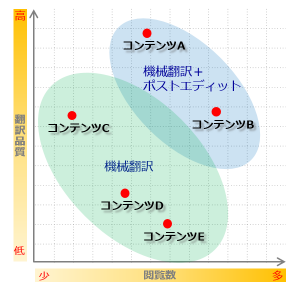
Due to the large number of contents and languages, it would be too expensive and time-consuming to translate all of them at once.
However, by using this method, we can prioritize and improve the content starting from the most important ones based on the number of views and user needs.
This allows us to efficiently manage the translation process.
●Case 2Set target quality for each language according to market needs
At company B, a domestic company, we utilize machine translation for multilingual translation of web manuals.
Until now, all languages were translated by humans, but in order to achieve cost reduction and lead time reduction, we have introduced machine translation.
And in the post-editing process after machine translation,
we perform post-editing by changing the target quality in the languages of countries where the product is selling well or the number of views of web manuals is high,
and in languages of other countries.
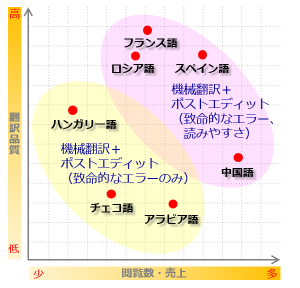
For example, post-editing in Chinese, which is the main market for our products, not only corrects fatal errors but also improves the readability of the translated text.
On the other hand, for languages such as Hungarian, which have low product sales and web manual views,
post-editing will only involve minimal fixes for critical errors.
Previously, regardless of sales or views, the same amount of cost was incurred for all languages. However, with this method,
cost allocation based on priorities such as sales and views will be possible.
●Case 3: Use a combination of human translation and machine translation according to the importance of the information.
Even at domestic company C, machine translation is used for multilingual translation of web manuals.
At C, accurate information related to safety standards is translated by humans and provided in PDF format.
For explanations of product operation procedures and other non-safety standard related information, machine translation is used.
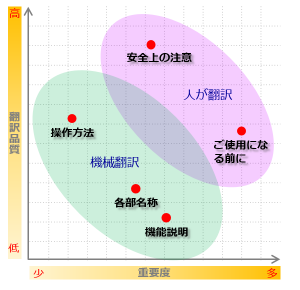
Until now, due to budget constraints, we have only been able to provide English versions of manuals for small and rare languages in the market.
However, by using this method, we are now able to expand our translations to more languages.
For users, having some information in their native language, even if it may be slightly difficult to understand due to machine translation, is better than having no information at all.
Of course, on our website, we include a disclaimer stating that the page has been translated using machine translation, and we ask users to understand and view the translated text accordingly.
This way, users can still benefit from having information in their native language.
We also include a disclaimer on our website stating that the page has been translated using machine translation, and we ask users to understand and view the translated text accordingly.
This way, users can still benefit from having information in their native language.
We also include a disclaimer on our website stating that the page has been translated using machine translation, and we ask users to understand and view the translated text accordingly.
This way, users can still benefit from having information in their native language.
We have introduced three cases,
instead of spending the same budget and time on all content and languages,
it is a very rational approach to adjust the cost allocation and target quality according to importance and priority.
This can be considered a very rational approach in today's world.
In addition, by effectively utilizing machine translation,
there is also the possibility of being able to translate languages and content that were previously unable to be translated due to budget constraints.
Why not take a look at the current translation costs, target quality, and methods to see if they are optimal?
At Human Science Co., Ltd., we also assist with prioritizing content, language, and designing quality and translation processes to fit your needs.
If you are looking to review the translation process, not just machine translation, please feel free to contact us.
If the form is not available, please send your inquiry via email to hsweb_inquiry@science.co.jp.
Alternatively, please feel free to contact us at TEL: 03-5321-3111 or by phone.
Related Articles
[Know-how] Quality, how far do you expect? Design criteria for Post-editing
http://www.science.co.jp/mt/knowhow/blog03.html
——————
★Machine Translation Seminar Video Now Available★
▼Please check the following video content page.
http://www.science.co.jp/mt/moviecontent.html
——————
Blog Writing Team

Tokuda Ai
・As a machine translation consultant, I provide consulting services for Japanese companies on machine translation implementation and process building.
・I place importance on the quality of the source text, which affects multilingual translation, and also provide consulting services for manual creation suitable for machine translation in the Japanese writing process.
・I also give presentations on the following topics related to machine translation.
- Presentation at the 23rd JTF (Japan Translation Federation) Translation Festival in 2013
"Approaches to Machine Translation in Multilingual Environments
- From the Perspectives of Evaluation and Process"
- Presentation at the 2014 AAMT (Asia-Pacific Association for Machine Translation) Machine Translation Fair
"Mastering Machine Translation - Improving Quality and Productivity"

